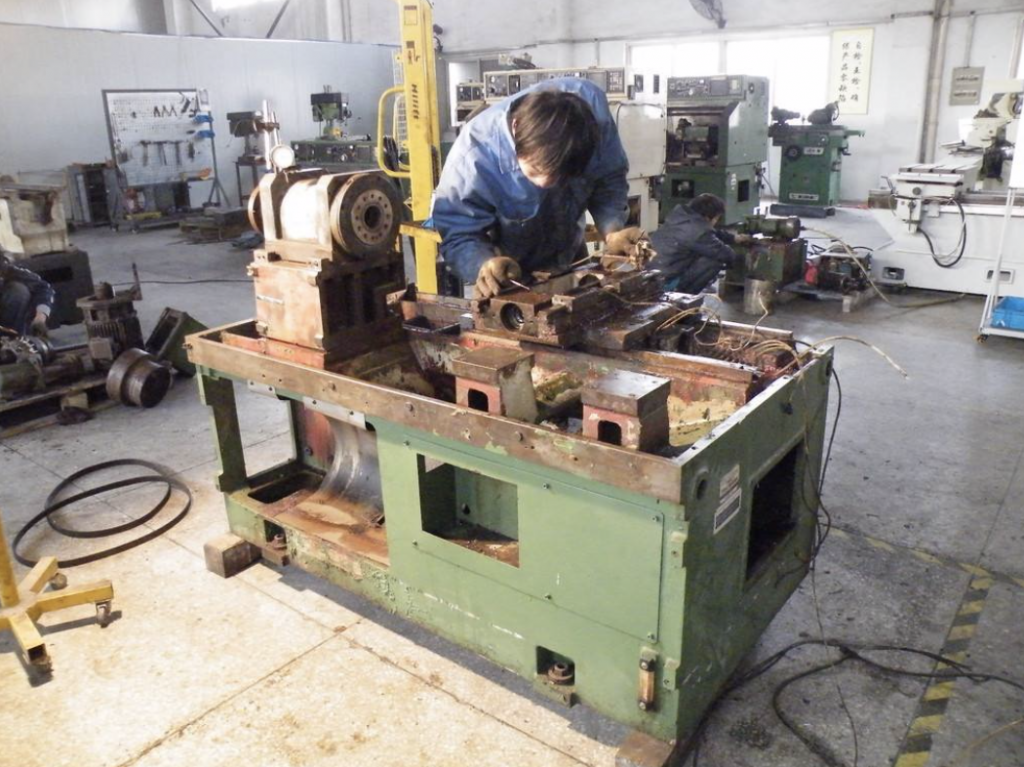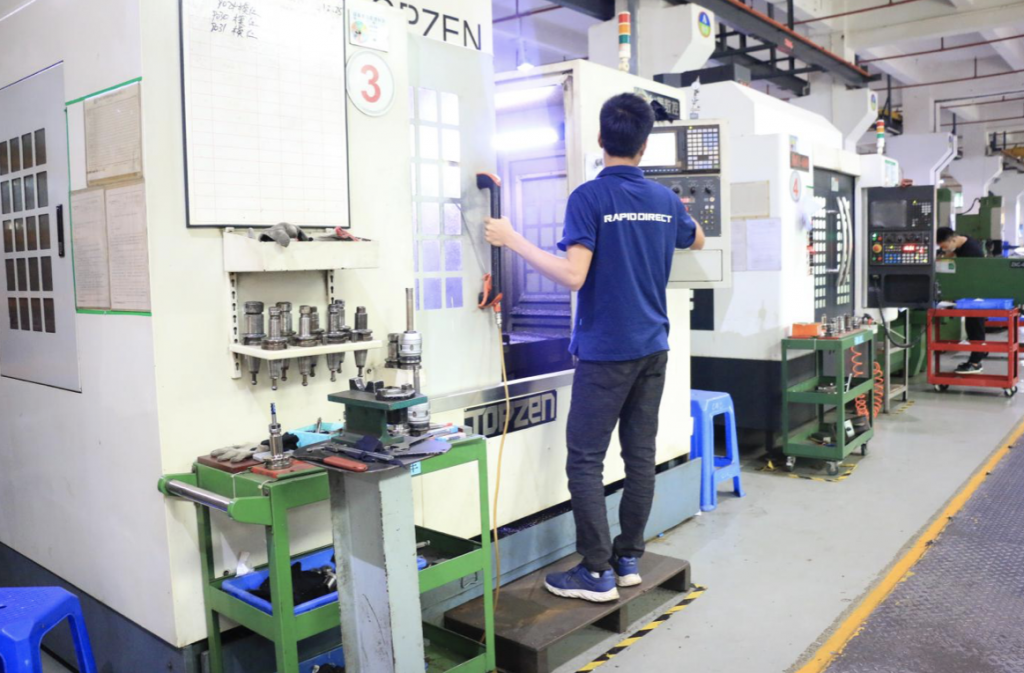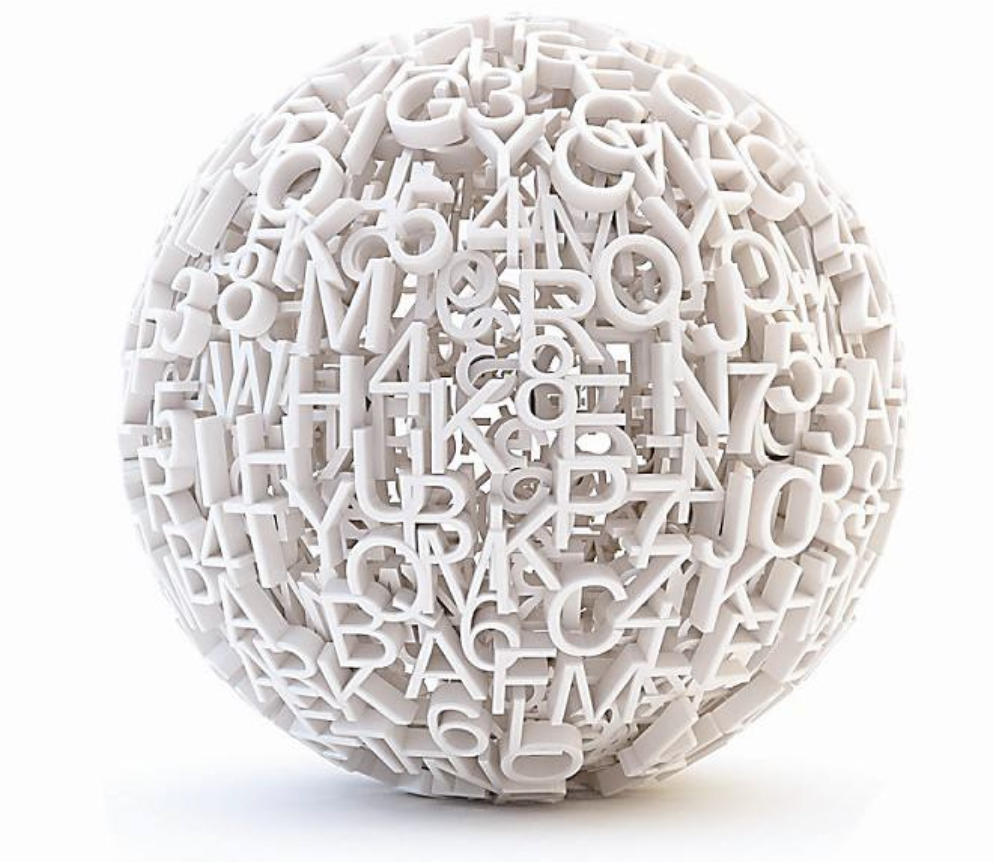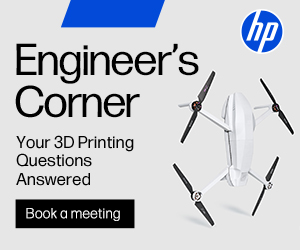How 3D Printing Challenges Traditional Manufacturing

3D printing has had a major impact on the world of manufacturing. This article looks at how weakness in traditional manufacturing have given additive manufacturing an opportunity to expand.
How does traditional manufacturing work?
The traditional process: From designer to manufacturer
How do you turn an idea into reality? For many decades, it has been the same old story. An engineer designs a part and decides on its shape, material and other factors. A rudimentary prototype may be fabricated. But when it comes to manufacturing the part for its end use, the engineer has to find a manufacturer capable of making the part to a professional standard and at scale. Parts can be designed anywhere, but factories full of machines are needed to make them.

Depending on the part being made, manufacturers may use any number of manufacturing processes to make it. They may use machining, in which a block of metal is cut down to a desired size and shape; they may bend and stamp sheets of metal into a new form; they may use casts or tooling to make large quantities of parts from a liquid plastic.
Traditional manufacturing processes like these are incredibly useful, and will continue to be used for many years. However, they also have their drawbacks.
Weaknesses of traditional manufacturing
- Waste materials
- Additional equipment
- Skilled labor force
One of the most common groups of traditional manufacturing technologies is subtractive manufacturing. This term is used to describe processes that take a formless block of material and reduce it down to the desired shape by cutting it. The most common form of subtractive manufacturing is CNC machining.

But while subtractive manufacturing is great for working with high-quality materials, it is not always efficient. That’s because making a part with a subtractive process necessarily requires excess material: the starting block or “workpiece” must be larger than the final part, since the tools will ultimately cut it down to size. Everything cut off becomes waste.
Additionally, traditional manufacturing processes often require extra pieces of equipment. Casting processes require things like tooling and molds, which take time and money to fabricate but which are eventually discarded when the job is completed or their lifespan reached.
Finally, there’s the small matter of actually installing and operating these traditional manufacturing systems. Traditional machines often occupy a large footprint, which creates a need for big factory spaces that cost significant money to rent or buy. And while some processes (CNC machining, for example) are controlled by a computer, many require manual operation from a skilled machinist. All of these issues prevent businesses from accessing traditional manufacturing.
How and why did 3D printing appear?
A radically different approach
During the 1980s, something happened that would change manufacturing forever. Chuck Hull, an engineer and physicist from Colorado, invented a system for turning photosensitive resins into solid shapes using a laser. The key element of his system? A moving platform that enabled the resin to be solidified in “layers,” allowing the creation of 3D shapes made up of individual 2D slices. He called his system “Stereolithography” and went on to establish 3D Systems, a world-leading 3D printing company.
Although Hull created Stereolithography while working in the very specific area of tabletop coatings, he soon realized the enormous potential of his creation. With different materials, the process could be adapted for all sorts of applications. Not long after, different layer-by-layer processes like Selective Laser Sintering and Fused Deposition Modeling began to appear, vastly broadening the scope of what would later be known as “3D printing.”
Further developments
Additive manufacturing technologies were developed and adapted over two decades, but it wasn’t until the late 2000s that 3D printing became widely known across the world. This was largely thanks to the development of entry-level machines marketed at consumers. With these machines costing just a few thousand dollars, a much larger demographic gained access to the technology, leading to a more eclectic use of 3D printing.
One of the biggest advantages of 3D printers at the time? They could be set up almost anywhere and were relatively easy to operate, allowing small businesses to start printing products without finding a dedicated manufacturer to assist them. Meanwhile, large-scale manufacturers started widely implementing high-end printers, using them to create prototypes and specialist parts.
How has 3D printing impacted the world today?
Diverse applications
Although Stereolithography is still widely used, 3D printing now encompasses a much wider array of technologies that can be used to print plastics, metals and other materials. The sheer scope of technologies and price points means that 3D printing is now used in a diverse range of industries, including automotive, aerospace, healthcare, consumer goods, design and fashion. Learn more 3D printing details here.

How 3D printing has changed manufacturing
3D printing has affected the manufacturing world in many ways. From an engineering perspective, for example, it has provided a completely new way to build physical objects: the layer-by-layer, bottom-up approach allows 3D printers to create parts with unique geometries and complex internal structures. Certain machines allow combinations of materials to be printed at once, and the “additive” nature of the process addresses the waste problem associated with subtractive manufacturing.
But perhaps the biggest impact of 3D printing on manufacturing is the way it has torn down barriers to entry. Many 3D printers take up little space, require no further equipment and operate almost autonomously. In this way, they have effectively democratized the manufacturing processes, allowing anyone to start fabricating parts without major investment or machining skill.
Traditional manufacturing processes are unlikely to disappear any time soon, but 3D printing has created a whole new manufacturing mindset.
RapidDirect is a provider of on-demand production services including 3D printing, CNC machining, injection molding and sheet metal fabrication. The company carries out production at its 20,000-square-foot facility using 500 CNC machines operated by over 150 professional engineers. Moreover, it has the largest manufacturer network in China. RapidDirect help product designers and engineers turn designs into reality. Get your project started today!
Subscribe to Our Email Newsletter
Stay up-to-date on all the latest news from the 3D printing industry and receive information and offers from third party vendors.
Print Services
Upload your 3D Models and get them printed quickly and efficiently.
You May Also Like
Stifel’s AM Forward Fund Launches, Looking for US Manufacturers to Invest In
The need for greater resiliency in the defense supply chain is real and urgent. One area the US government has been focusing on is building a faster and more sustainable...
3D Printing Financials: Xometry Cuts Losses, Grows Platform
Xometry (Nasdaq: XMTR) is entering 2025 with momentum. The company delivered record quarterly revenue and narrowed its losses, showing progress toward profitability. More importantly, for those watching the future of...
3D Spark Secures $2.2M to Tackle Manufacturing Bottlenecks
German startup 3D Spark has raised two million euros in a seed round. Swedish software investor Triplefair Partners led the round, with Fraunhofer Technologie-Transfer Fonds (FTTF) and Innovationsstarter Fonds Hamburg...
3D Printing Financials: Protolabs Reports 3D Printing Dip, But Metal 3D Orders Grow
Protolabs (NYSE: PRLB) kicked off 2025 with a mixed but steady performance. Revenue remained close to expectations, profits dipped slightly from last year, and the company was profitable despite ongoing...





























